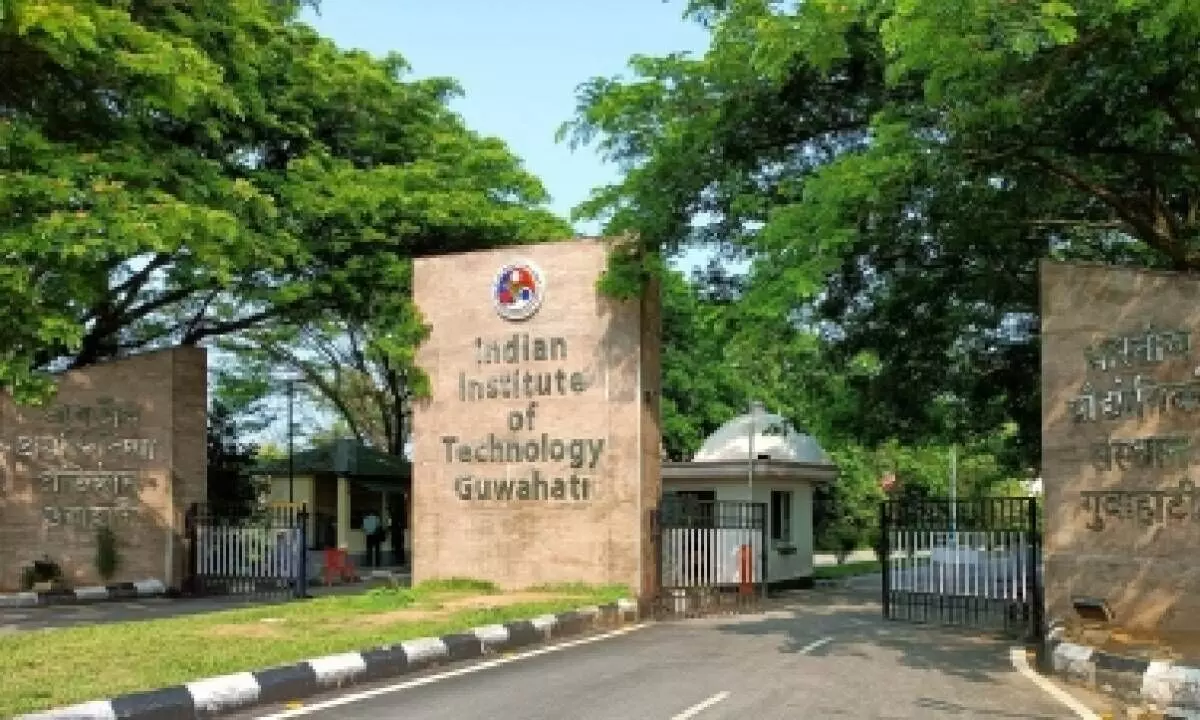New device to detect foods’ glycemic index
Researchers from the Indian IIT Guwahati develop an affordable, portable sensor that can detect GI in about 5 minutes
image for illustrative purpose

Guwahati Researchers from the Indian Institute of Technology (IIT) Guwahati have developed a reliable, affordable and portable sensor that can detect the glycemic Index (GI) of common food sources in about five minutes and help people with diabetes or those managing their blood sugar through diet.
The GI is a measure that ranks carbohydrate-containing foods based on how they affect blood sugar levels when consumed.
High-GI food can cause a rapid spike in blood glucose levels, followed by a swift decline.
Moreover, these high-GI foods stimulate an increased demand for insulin, contributing to the risk of developing Type-2 diabetes.
Importantly, low-GI food helps to prevent diabetes, heart disease, obesity, and cancer.
As the trend of fast-food increases among the world's working population, the need for a portable device that can immediately detect and guide the user about the GI of the food arises.
The point-of-care-testing (POCT) prototype developed by the team can detect the glycemic Index of common food sources in approximately five minutes.
“We developed a composite nanoenzyme by combining gold nanoparticles with alpha-amylase to break down long-chain starch molecules into simpler sugars. We found that this nanoenzyme of approximately 30 nanometre size has remarkable heterogeneous catalytic properties to rapidly degrade starch into maltose at room temperature,” said Prof. Dipankar Bandyopadhyay, Department of Chemical Engineering, at IIT Guwahati, explaining the detection methods.
The amount of maltose produced is then electrochemically detected to classify the food sources into Rapidly Digestible Starch (RDS) and Slowly Digestible Starch (SDS) along with Resistant Starch (RS).

